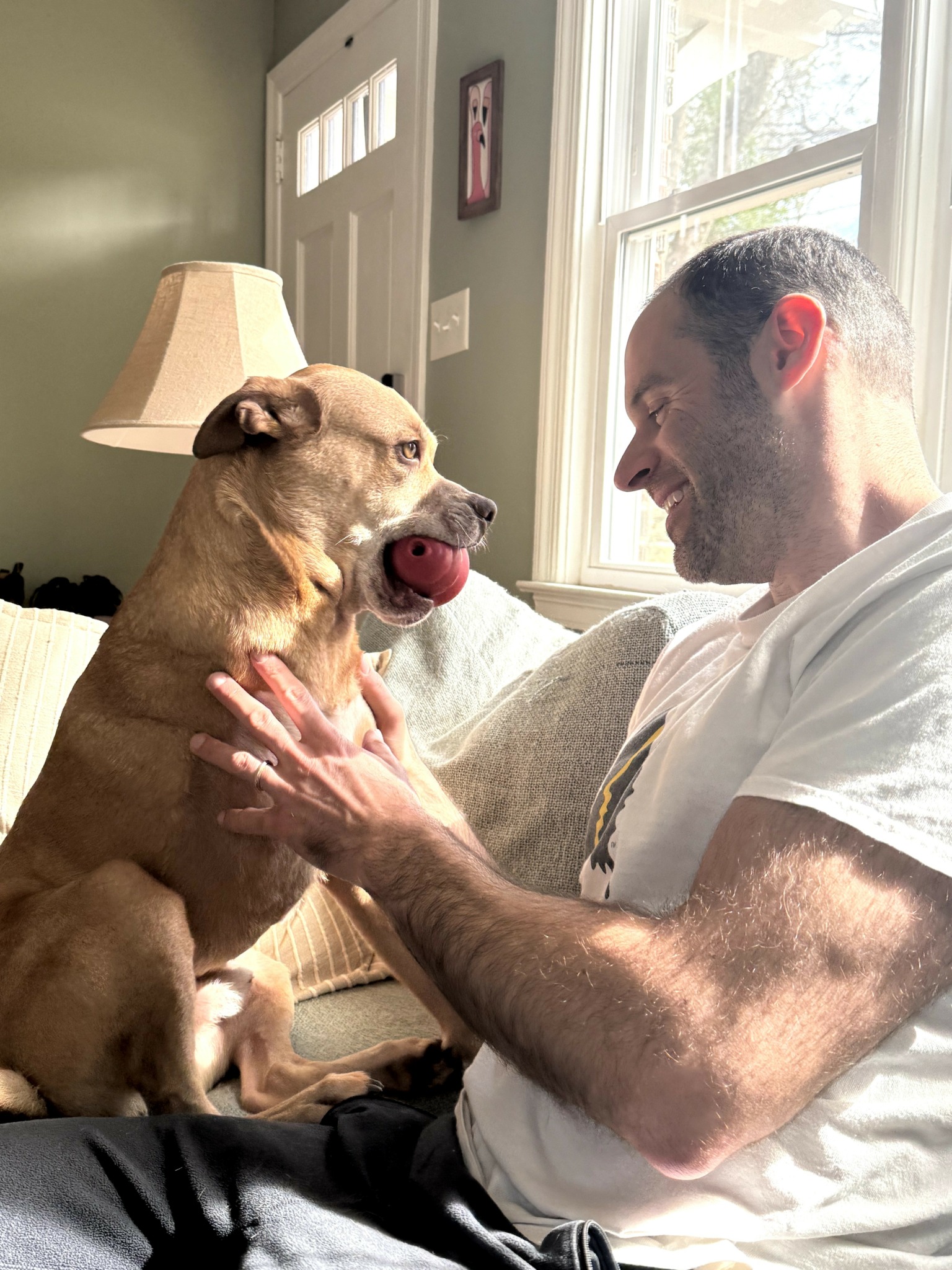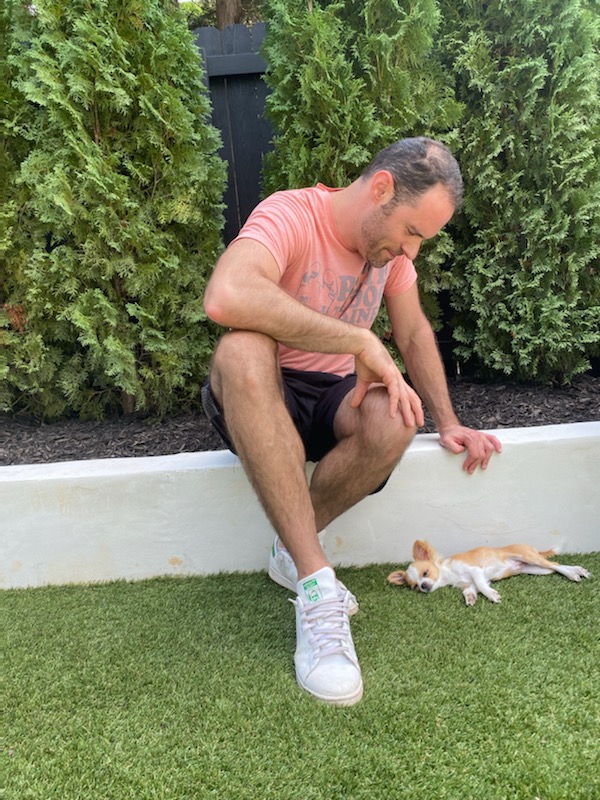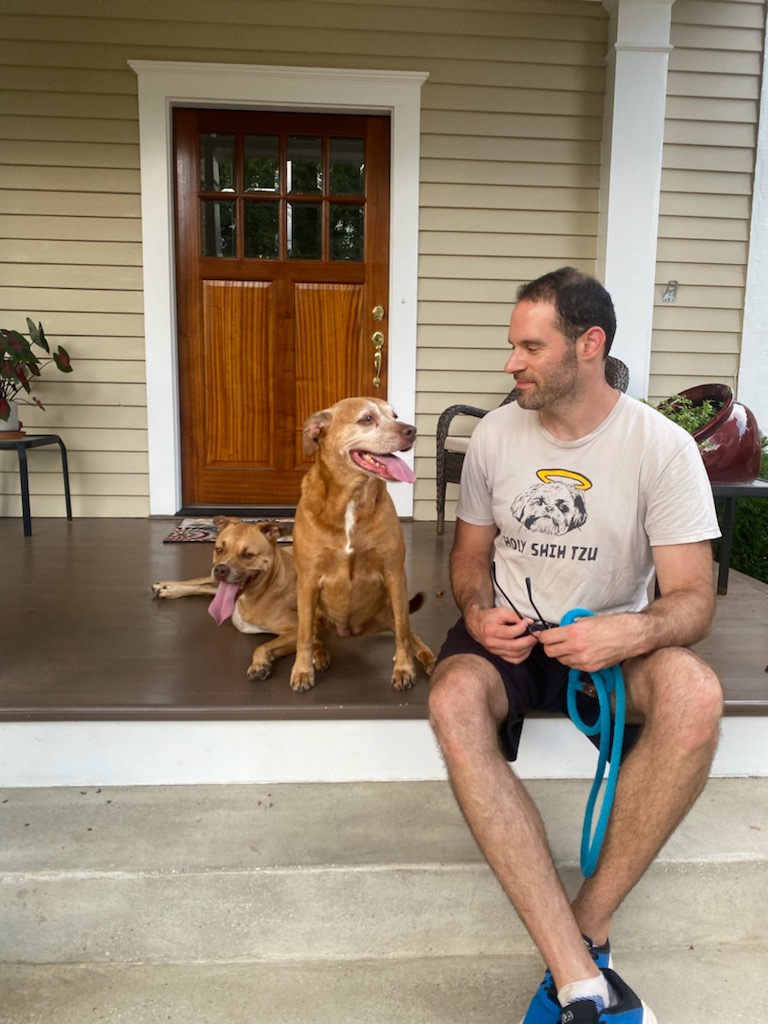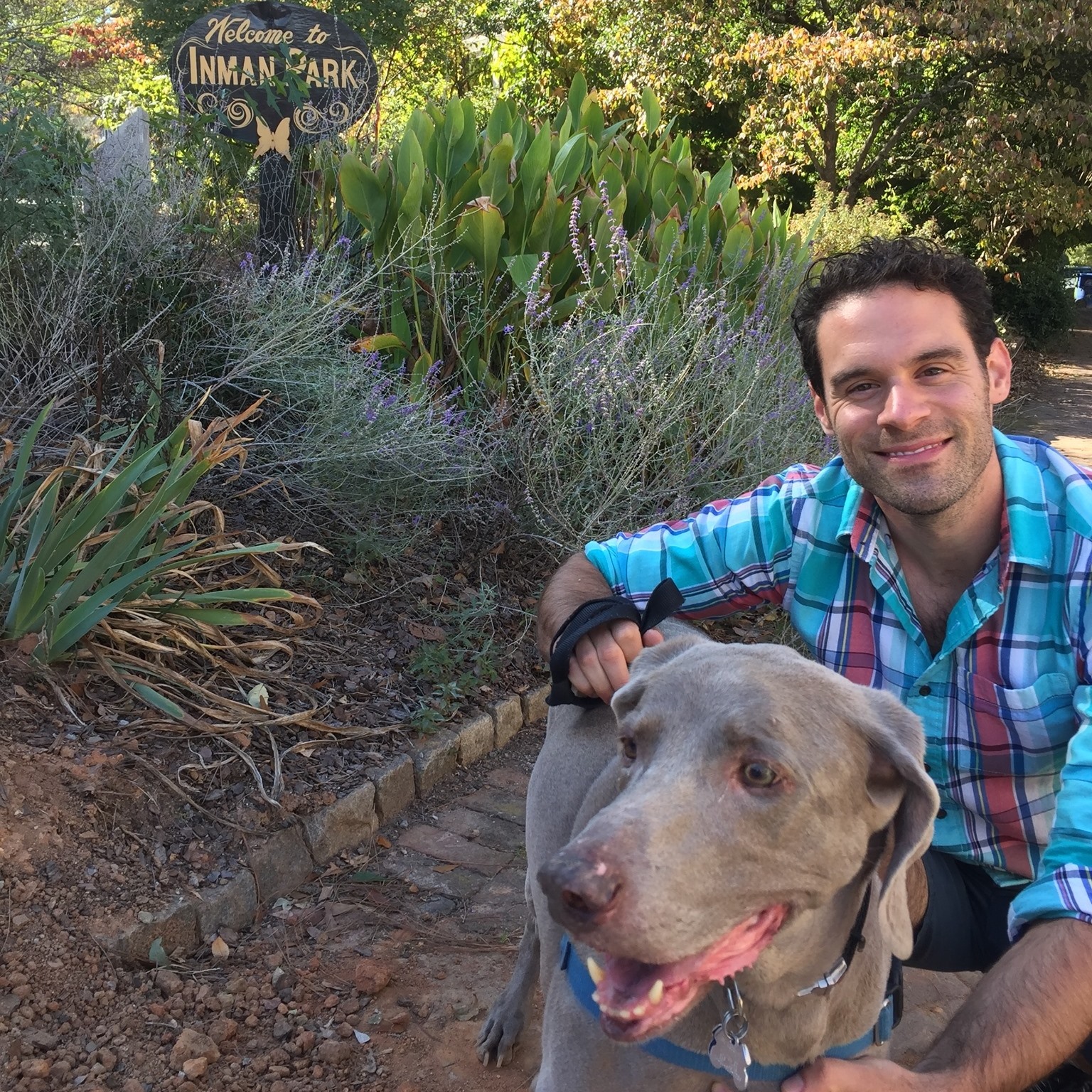We’re excited to introduce you to the always interesting and insightful Peter Zuppardo. We hope you’ll enjoy our conversation with Peter below.
Peter, looking forward to hearing all of your stories today. We’d love to have you retell us the story behind how you came up with the idea for your business, I think our audience would really enjoy hearing the backstory.
When I started my business, Pete the Dog Trainer, I would say I was motivated less by a desire to own a business and more by a passion for behavior and the opportunity to teach dogs and people. For many years I owned a dog walking business, which I also enjoyed. One day I discovered the book Inside of a Dog by Alexandra Horowitz—and I loved it! Until then I hadn’t known that researchers in universities were studying dog behavior. This led to other books, and then I pursued a PhD in Applied Animal Behavior and Welfare from Virginia Tech. I wanted to learn everything I could about dog behavior! I also wanted to teach people that dogs learn best without harsh punishment, intimidation, or fear. In fact, using these methods can inhibit learning and lead to less desirable outcomes. By giving dogs more control over their lives rather than less, we are more likely to reach the goals we set for them.

Peter, love having you share your insights with us. Before we ask you more questions, maybe you can take a moment to introduce yourself to our readers who might have missed our earlier conversations?
I am a positive reinforcement only dog trainer, which means that I don’t use what we believe are harsh forms of punishment when teaching dogs. I work with dogs who display all kinds of behavior, including leash reactivity, aggression, and anxiety. I also work with people who have recently brought home a puppy. I want to help anyone who is struggling to live the life they want with their dog.
One thing that sets me apart is my education. Dog training is an unregulated industry, meaning anyone can call him or herself a dog trainer. There is no certifying board or exam like the LSAT or MCAT one must take in order to be a licensed practitioner. I have a Master’s in Applied Animal Behavior and Welfare from Virginia Tech, which means I have worked with some of the top canine scientists in the world, read the latest scientific literature, and am always learning and modifying my approaches to changing behavior.

Have you ever had to pivot?
I was finishing my master’s degree in Applied Animal Behavior and Welfare from Virginia Tech, and I thought that I wanted to pursue a PhD. Earning a PhD had always been a dream of mine. I was accepted to the program, which required me to move from Atlanta to Blacksburg, Virginia. That meant closing my business and all of the progress that I had made here, in my hometown. But I did it. I closed my business and moved. Within one month I knew that I had made a mistake. I did not enjoy the program and it was not at all what I had envisioned. I also missed running my business and working with clients. So I had to make a hard decision: do I stay in the program and tough it out, or do I return home and restart my business? I chose to restart my business, and I am so grateful I did. I love what I do, but it took getting away from it for a little while to see my life more clearly.

Can you open up about how you funded your business?
I first started as a dog walker and pet sitter. Once I had a large number of walking and pet sitting clients, I started training. Gradually, as my training business grew, I walked fewer dogs until finally I was able to train full-time. I would not have been able to train dogs right away. I had a lot to learn before I could do that! Walking dogs and pet sitting allowed me to gain hands-on experience with dogs and to earn the money I needed to make the leap into full-time training.
Contact Info:
- Website: https://www.petethedogtrainer.com
- Instagram: petethedogtrainer
- Linkedin: https://www.linkedin.com/in/peter-zuppardo-5582607a/

Image Credits
Shivani Zuppardo


